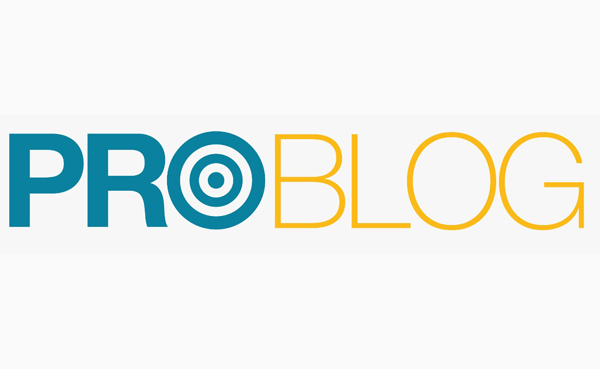Brain Tumors vs. Cancers: What’s the Difference?
Imagine yourself on a bright and sunny winter morning and you not being able to get up from the bed and feel the warmth of sun’s rays slipping through your fingers. Imagine your one half of body transforming into an infant’s half where the maximum you can move is to make jerking movements haphazardly. Imagine yourself locked into your own body with all your intelligence, thought processes, worries, and aspirations intact. Imagine all this happens in a matter of a few days and you see each day, your body parts turning rogue, out of control. I can go on and on and on. But I am not writing this article to depress you. I am writing this article to make you aware of what a patient goes through after being diagnosed with malignant brain tumor. No I am not a survivor or a patient but I am a doctor who cares for these patients. I am giving you my perspective after seeing several patients of brain tumors go through ups and downs of their life.
Brain tumor affects 1 in 165 individuals that means more than 36,000 in Hyderabad with a population of 6 million and 75 lakhs in India with a population of 1.25 billion. This number is prevalence and includes all the people ever affected in their lifetimes, which also includes survivors and people recently diagnosed with brain tumors. As an oncologist a common question I encounter is why me. For a majority I tell them tobacco, alcohol, poor hygiene or genetic-hereditary issues. But for adult brain tumor patients, I have nothing substantial to tell them. So there is very little known what causes brain tumors. That also means it can make a victim out of anyone, a young professional, an elderly retired pensioner, a school boy, a filthy rich industrialist/politician or the beggar on your street.
The facilities available in India to treat Brain tumors although present, there are restricted to a few cities. There have been several advances in brain tumor treatment in the recent decades, which has resulted in better functional outcomes in patients with brain tumors especially in young children. The neuro-navigation which allows surgeon to avoid resection of normal brain during the surgery, functional imaging which allows preoperative planning of the surgical approach, modern and safe radiotherapy which targets only the tumor and avoids adjacent normal brain, radiosurgical approach which helps in avoiding surgery altogether in selected patients, proton therapy- a revolutionary technology which is the most precise form of radiation, newer drugs which prolong survival as well as targeted therapy which have potential to minimize the side-effects of the treatment are some recent advances which have already made an impact and are now new standards of care.
Apart from all these the most promising advancement this particular field of medicine has seen is in understanding the biology of the disease. Understanding the problem is to unravel it from its crux or root. With treatment we cut the branches or the trunk and not the root there by giving it a chance to grow back. Once we understand the root of issue, we may even cure it. The good news is we are getting there (towards the root). Although it is too early for this molecular and genetic understanding to change outcomes in an actual patient, it has given an early opportunity to select specific treatment for a particular patient. This is exciting and this has come after several decades of research and hopefully changes mine as well as my patient’s outlook very soon. For example in Medulloblastoma, which is a malignant pediatric brain tumor we are able to tell which patient may have a good disease vis a vis a patient with bad disease. Good disease patient may be treated with lesser treatment and bad disease patient may be treated with different and more aggressive treatment. There may be a case for lesser treatment in young children with worst variety disease, as irrespective of treatment they don’t do well (till we find an alternate way to treat these patients). So this avoids unnecessary side effects in children, as more treatment in very good patients as well as in worst variety patients does not result in better outcomes. Similarly in more common adult Gliomas, the molecular markers are helping neuro-oncologists to understand the nature of the disease, prognosticate and intensify or de-intensify treatments.
But there is more research needed in our set of patients as our tumors and genetic make-up of our population is markedly different compared to the west from where majority of research is coming. Also an article from India suggests that brain tumor incidence may be showing an increasing trend in most of the urban cancer registries, which is alarming. This call for a serious introspect and research on this disease which should include epidemiological research, research about the causation and research pertaining to effectively tackling this disease. By and large there are excellent treatment facilities in India to diagnose and treat this disease, but there are very few centres, which are doing serious research. There also needs to be co-operation among various institutes to share data and research to jointly combat this problem. The government and its agencies should dedicate more funds and encourage researchers in India to engage in meaningful and relevant research in oncology in general and especially in neuro-oncology. May month in this year is being celebrated as Brain tumor awareness month to sensitize people and physicians to know about this disease, talk about it and spread the word.
So let’s just do that.

Copyright © 2025 Apollo Proton Cancer Centre. All Rights Reserved




